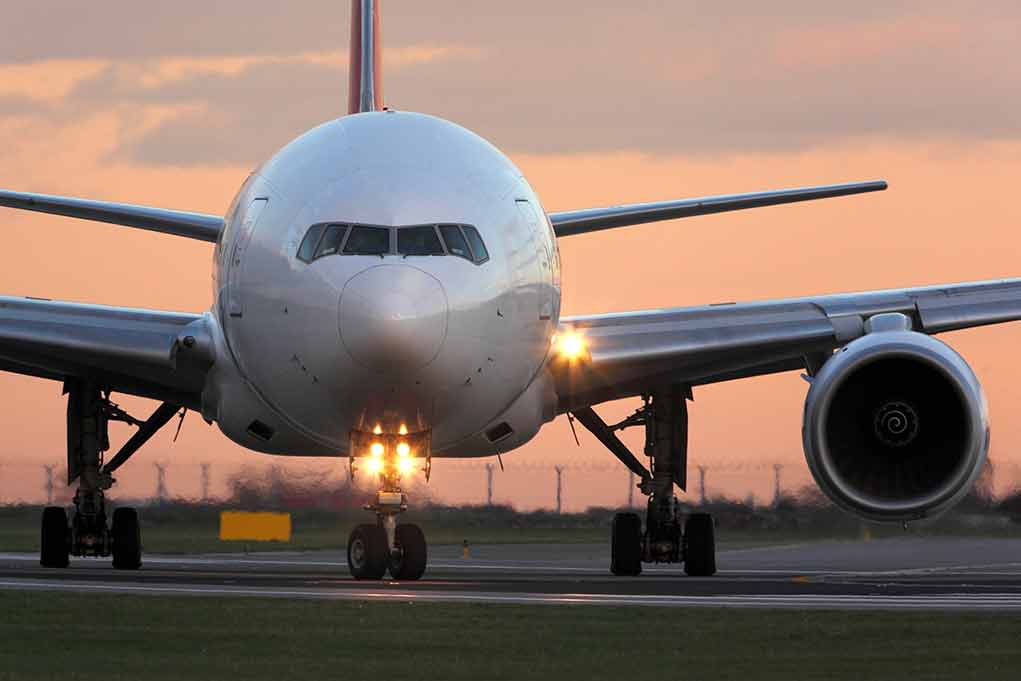
A Boeing 737-800 crash at Muan International Airport in South Korea has claimed 179 lives, marking the country’s deadliest aviation disaster in decades.
At a Glance
- 179 people were killed in a Boeing 737-800 crash at Muan International Airport.
- The crash occurred during an emergency landing after a suspected bird strike.
- South Korean officials will conduct safety inspections on all Boeing 737-800 aircraft.
- A seven-day national mourning period was declared amid political turmoil.
The U.S. National Transportation Safety Board and Boeing will assist in the investigation.
Tragic Crash Details
The Jeju Air Boeing 737-800, carrying 181 passengers and crew, crashed during a second landing attempt at Muan International Airport. The plane, which originated from Bangkok, experienced difficulties believed to be caused by a bird strike amid unfavorable weather conditions. Reports indicate that the aircraft landed without its front landing gear, overshot the runway, and burst into flames.
Witnesses reported seeing sparks and hearing explosions before the crash, with the plane attempting multiple landings. The crash site revealed scattered debris, including plane seats and metal fragments, with a strong smell of kerosene permeating the area. Tragically, the disaster claimed the lives of 179 people, including five children under ten, with the youngest passenger being a three-year-old boy.
Government Response and Investigation
In the wake of this devastating event, South Korean officials have announced plans to conduct safety inspections on all 101 Boeing 737-800 aircraft operated by the country’s airlines. Acting President Choi Sang-mok has ordered an emergency review of the nation’s aircraft operation systems, emphasizing the need for a comprehensive approach to prevent future tragedies.
The U.S. National Transportation Safety Board and Boeing representatives are expected to assist in the investigation. Key areas of focus include the materials used in airport localizers and potential communication issues between air traffic controllers and the pilot. Investigators have already recovered the black boxes from the crash site, which will provide crucial data for understanding the events leading up to the disaster.
National Mourning and Political Implications
South Korea declared a seven-day national mourning period to honor the victims of this tragic event. Memorial altars are being set up nationwide to allow citizens to pay their respects. The crash has not only devastated families but also added to the ongoing political turmoil in the country, following the recent impeachment of President Yoon Suk Yeol and Prime Minister Han Duck-soo.
Concerns have been raised about the government’s ability to manage the disaster effectively due to the absence of top officials. The crash has prompted questions about the overall safety of South Korea’s aviation industry and the need for stricter regulations and oversight. As the nation grapples with this tragedy, the focus remains on supporting the families of the victims and ensuring a thorough investigation to prevent future accidents.
Sources
- What we know about the South Korea plane crash that killed 179 people
- South Korea to inspect Boeing aircraft as it struggles to find cause of plane crash that killed 179
- South Korea in mourning after plane crash kills all but two onboard












